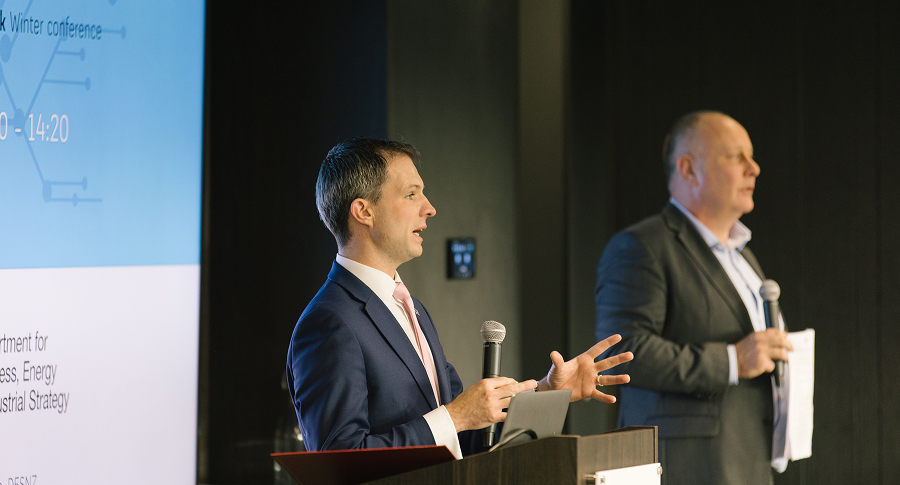The Electricity Storage Network has responded to the National Fire Chiefs Council consultation on revised planning guidance for grid-scale energy storage, calling for more clarity in certain areas and further changes.

The Electricity Storage Network has responded to the National Fire Chiefs Council consultation on revised planning guidance for grid-scale energy storage, calling for more clarity in certain areas and further changes.

The Electricity Storage Network (ESN) has responded to the National Fire Chiefs Council (NFCC) consultation on revised planning guidance for battery energy storage systems (BESS). This guidance supersedes previous guidance from 2023 and progress has been made in key areas, such as on spacing between units. However, we believe further revisions are necessary to provide greater clarity in other areas and to ensure the guidance does not represent a barrier to development.
ESN has been engaging with NFCC via our Sustainability, Safety & Supply Chain Working Group and recognises NFCC's work to update its planning guidance following feedback from industry. While there has been progress in the revised draft, such as on minimum spacing between units, there remains uncertainty in some areas, including the interaction between the guidance and local planning authorities. ESN is calling for greater clarity, regular updates (e.g. every 2 years) and for some of the revisions to go further.
Thanks to all those members who engaged with us over the past two years via our Sustainability, Safety & Supply Chain Working Group.
Sign up to receive our monthly newsletter containing industry insights, our latest research and upcoming events.